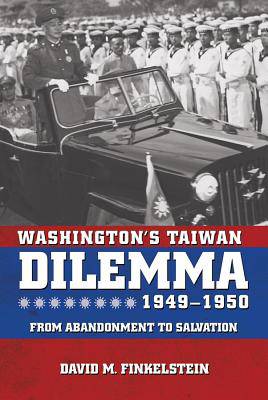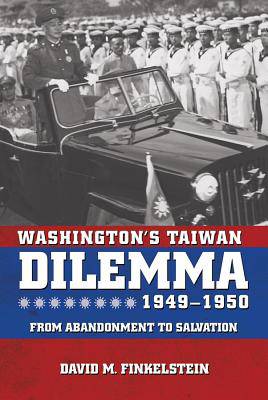
- Afhalen na 1 uur in een winkel met voorraad
- Gratis thuislevering in België vanaf € 30
- Ruim aanbod met 7 miljoen producten
- Afhalen na 1 uur in een winkel met voorraad
- Gratis thuislevering in België vanaf € 30
- Ruim aanbod met 7 miljoen producten
Zoeken
€ 34,45
+ 68 punten
Omschrijving
The declaration of the People’s Republic of China in October 1949 presented American foreign policy officials with two dilemmas: how to deal with the communist government on the mainland and what to do about Chiang Kai-shek’s holdout Nationalist regime on Taiwan. As this study shows, the two issues were inextricably linked.
Specificaties
Betrokkenen
- Auteur(s):
- Uitgeverij:
Inhoud
- Aantal bladzijden:
- 392
Eigenschappen
- Productcode (EAN):
- 9781591142522
- Verschijningsdatum:
- 29/05/2014
- Uitvoering:
- Paperback
- Afmetingen:
- 152 mm x 228 mm
- Gewicht:
- 249 g

Alleen bij Standaard Boekhandel
+ 68 punten op je klantenkaart van Standaard Boekhandel
Beoordelingen
We publiceren alleen reviews die voldoen aan de voorwaarden voor reviews. Bekijk onze voorwaarden voor reviews.








